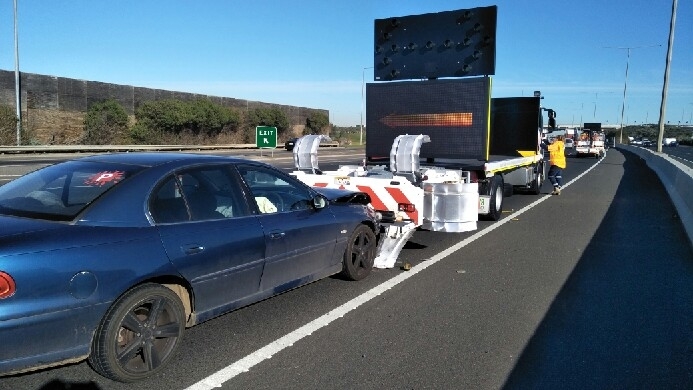TMA risk Assesment - Verdegro Education
TMA risk Assesment - Verdegro Education

This blog is the third blog in our series of educational explanations of traffic safety products and procedures by Verdegro. The purpose of this series is designed to help with an understanding of the significance of products and the functions that will preserve valuable equipment and of course; reduce injuries and lives. (It’s all about saving lives!)
The basic process of risk assessment and how a Truck Mounted Attenuator (TMA) can drastically reduce the risks. The formula for determining TMA Risk Assessment can be broken down into basic steps for the basis of this formula:
What are the minimal steps to risk assessment?
The Health and Safety Executive (HSE) advises employers to follow many of these basic necessary steps when carrying out a workplace risk assessment; before, during and after work is commenced:
Please AT LEAST Take These Precautionary Steps:
① ‘Risk Assesment” - preventing potental hazards, i.e. anything that may be harmful for workers or people in the area (incl. pedestrians / motorists/property damage). It is the employers responsibility to have these minimal guidelines followed which include:
1) Complete protection from machineries and automobiles resulting in bodily injury or even death
2) Physical: e.g. lifting, awkward postures, slips and trips, noise, dust, machinery, computer equipment, etc.
3) ‘Psychosocial Mental Hazards’ e.g. excess workload, long hours, working with high-need clients, bullying, etc. These are also, affecting mental health and occurring within working relationships.
4) Chemical: e.g. asbestos, cleaning fluids, aerosols, biological: including tuberculosis, hepatitis and other infectious diseases
*Note: The biggest distraction in the car today is texting, especially among young drivers. According to NHTSA, driving while texting is six times more dangerous than drunk driving.
② Obey the Management of Health and Safety at Work Regulations Act
1) Provide full protection during work and protection from byproducts of commensed work
2) The employer has the responsibility to manage health and safety effectively.
3) The employer is responsible for the assessment of the risks to the health and safety of the public and employees, while they are at work, and to others who may be affected by their work activities.
4) The employer is often held responsible for the compensation of the damaged equipment. These sums of finanical compensation often result in more financial penalties than the actual initial project.
*Note: Nobody wants expensive lawsuts and / or damaged valuable equipment, but above all, we would all like to preserve, and keep safe the greatest gift of all; our lives!
***DISCLAIMER***
Verdegro Group / Verdegro USA is not offering legal advice. Laws vary differenlty, country by country and sometimes State by State.
We collect information to gain insight into our website visitors and to coordinate our marketing campaigns accordingly. We place tracking cookies for this, of course only after your permission.

Comments (0)
Post your comment